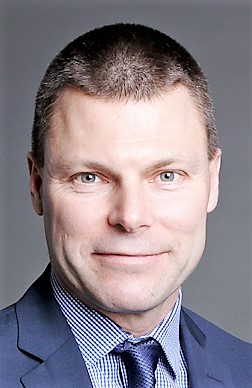The Keys to Great Teamwork
To create a high functioning executive team, leaders must foster an environment of communication, choose the right leaders, and be willing to get rid of the wrong leaders.

This article originally appeared on the Carpedia blog.
I had the opportunity to host a panel discussion on the topic of “How to Better Plan, Manage and Execute” as leaders in business. Three distinguished individuals joined me to share their insights on this topic; Jeff Rome, former CEO of Impact Confections, Ned Truslow, Principal at RFE Investments and Jamie Better, CEO of Nellson Nutraceuticals and a Principal at Kohlberg & Company private equity.
Below is a summary of their thoughts.
To create a high functioning executive team, leaders must foster an environment of communication, choose the right leaders, and be willing to get rid of the wrong leaders.
Jeff Rome articulated how alignment is the key to success in any organization. Getting people to agree on the best plans for the business can be challenging, but where things most often break down is in the actions that leaders take, after a plan is set. To avoid this, the leader of a business needs to set a very tight cadence for follow-up to make sure that newly started initiatives don’t get derailed early on.
The leader can impact the organizations ability to stay on course, by ensuring that the financial goals of the business are translated down through the organization. This sounds easy, but unless every person working in a company can clearly articulate how the job and activities that they perform every day, impacts the company’s financial goal, then you still have work to do. My article titled “Creating Alignment: Where to Start” provides a framework for how to do this.
Jamie Better said that having the right leadership is the ultimate driving factor to team and business success. Leaders and members of private equity firms can talk themselves into accepting mediocre performance; convincing themselves that because parts of the job are being done well that a business or functional leader should remain in place. Or that removing mediocre leaders will create more work for them in the short term. But the message that sends to the rest of the organization is that it is acceptable to only be “okay” or worse, to underperform. There is a great quote from a book called School Culture Rewired, that says “The culture of any organization is based on the worst behavior a leader is willing to tolerate.”
Ned Truslow echoed this. Having the right leader in place can bring results “shockingly fast”, in his experience. He looks for what he calls “mojo”, a feeling in the organization of urgency, an ability to get things done, even the small things.
Things that indicate that the “mojo” isn’t there are issues coming up repeatedly during meetings and when plans can’t be agreed upon and executed. Coming back to my earlier point on alignment, Ned said “if employees know why the business exists, then you know they’re involved in its success.”
Understanding if you have the right leader in your business and that culture that gets things done requires you to be intentional in your follow up throughout the organization. Jamie tests for this by establishing a relationship not just with the CEO, but with the entire leadership team. He’s not trying to undermine the CEO in this approach, but by having that direct interaction with the leadership team, he can tell if the communication of the CEO is getting down through the organization and if they are being given the tools and information necessary to be successful.
There are many opinions on how to create great companies that thrive. Having alignment, a strong leader and a strong team seems to be a common thread in this regard.
To hear the rest of the insights our panelists provided, click here to watch the full webinar: https://vimeo.com/447236886

Andrew Rush is a vice president at Carpedia International, and a professional speaker who focuses on professional alignment.


